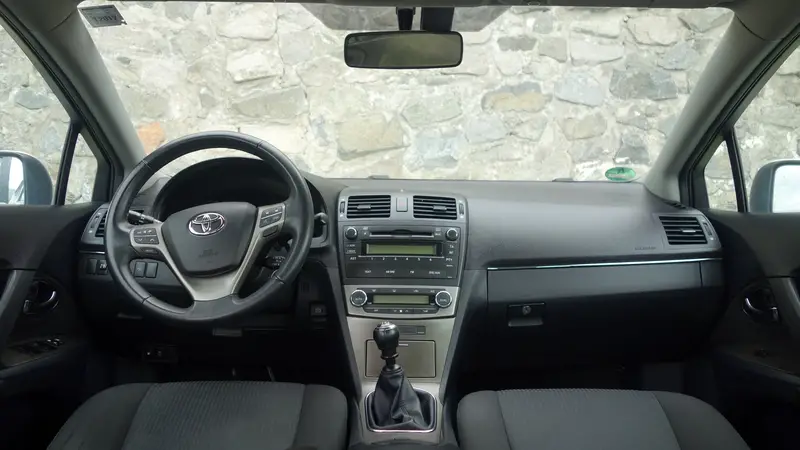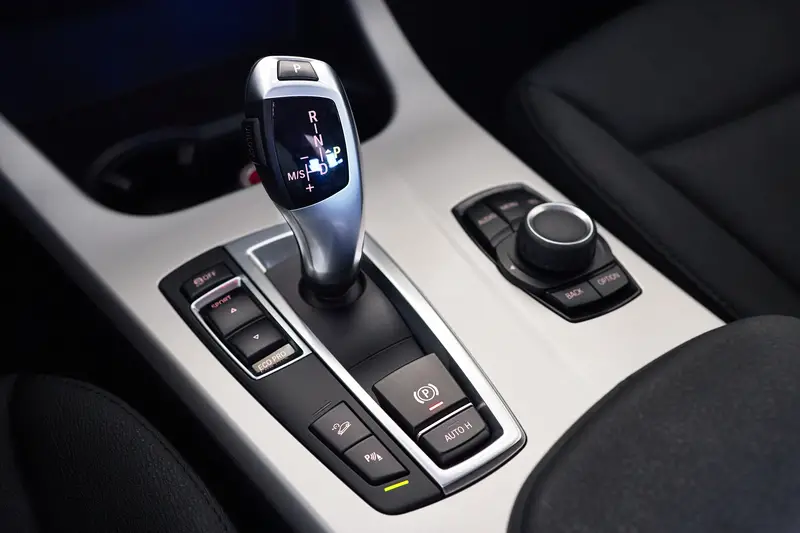
Some petrol heads say that cars with manual gearboxes are the only vehicles worth having. It was true with older automatic transmissions, but the latest DSG units are so advanced that they make manual transmissions virtually redundant.
Cars cannot have a manual and automatic gearbox; however, some cars have automatic gearboxes, which can be manually manipulated – called Direct-Shift Gearboxes (DSG). Others have manual transmissions that change the gears manually (AMT) developed to improve early-generation automatic units.
Transmissions have come a long way from the first-generation manual units, which were associated with loud grinding noises and red-faced frustrated rivers.
Modern DSG units provide unnoticed gear changes, reduce gas consumption, and increase the power available to the driver.
Cars Can Have Manual And Automatic Type Gearboxes

While there are no cars with separate manual and automatic gearboxes, some technologies make a manual gearbox change gears automatically, and automatic gearboxes can be manually shifted.
The four types of gearboxes commonly installed in cars include the following:
- Manual gearboxes
- Automatic Gearboxes
- Automated Manual Transmission (AMT)
- DSG (Direct-Shift Gearbox)
Manual Gearboxes
Manual gearboxes date back to the first motor cars.
These devices consist of a gearbox and clutch connected to the drivetrain.
The first generation of manual transmissions did not have synchromesh components that kept all cogs moving at the same speed to avoid grinding the gears.
To change gears on the older generation, it was necessary to “double de clutch” in between gear changes.
Automatic Gearboxes
The early generations of automatic gearboxes had very few features available on the later units.
The basic automatic gearbox allows the driver to select the forward gears, “Drive,” Reverse Gears “Reverse” and hold specific gears for climbing or descending steeper hills.
These transmissions had the irritating habit of “hunting” between gears when a load was applied to the engine.
Automatic cars suffered power loss and increased gas consumption.
Automated Manual Transmission (AMT)
The problem with a pure automatic gearbox is that they are inefficient, and there is substantial power loss from the transfer case.
To overcome this and also to eliminate the need for a transfer case, automated manual transmissions (AMT) were developed.
Automated manual transmissions are manual gearboxes that use an automated method to select and change the gears.
These use a computer that provides instructions to a series of servos on the top of the gearbox. The servos actuate the linkages and change gears without input from the driver. Despite this, the gearbox mechanism is still the same as a manual.
The first AMT gearbox was developed in 1942 by the car manufacturer Hudson for use in their Drive-Master sedan.
Most car manufacturers have not widely adopted the AMT gearbox technology; however, each company has trialed it in their cars over the years.
Alfa Romeo, BMW, Fiat, Citroën, Renault, and Toyota have used the technology for their mainstream cars.
Interestingly, Supercar manufacturers (Aston Martin, Ferrari, Lamborghini, and Maserati) have extensively used the technology.
The latest car model to incorporate this gearbox technology was in 2021 by AMG Mercedes-AMG, who use it in the “ONE.”
The list of manufacturers using automated manual transmissions (AMT) is as follows:
- Alfa Romeo (The whole range)
- Vanquish, Aston Martin Vantage (2005), Aston Martin One-77, and the Aston Martin Valkyrie
- A2, Audi R8
- M3, BMW 3 Series, BMW 5 Series, and the BMW 6 Series
- Honda Civic, Honda Jazz
- Maserati (The whole range)
- Mercedes-AMG ONE
- Mercedes-Benz A-Class
- Mitsubishi Colt
- Pagani Zonda, Pagani Huayra
- Porsche 911
- Dauphine, Renault Modus, Renault Twingo, Renault Kwid, Renault Symbol III, and the Renault Triber
- Fortwo, Smart Forfour, and the Smart Roadster
- Swift, Suzuki Celerio, Suzuki Alto, Suzuki Swift Dzire, and the Suzuki Ignis
- Tata Motors Nano, Nexon, Tiago, Tigor
- MR2 (W30) Toyota Aygo, Toyota Yaris, Toyota Corolla, Toyota Corolla, Toyota Verso, Toyota Mark X, and the Toyota Auris
- Volkswagen Beetle, Volkswagen Voyage, Volkswagen Up
The one negative issue associated with automated manual transmissions (AMT) technology is that there is still a lag while the gearbox processes change the gear.
The lag is because the identical mechanical process happens compared to a normal manual gearbox.
In the same way that a driver manually changes the car’s gears, where the clutch has to be pressed, the new gear selected, the clutch is let out, and the gas pedal is pressed, so the servos attached to the gearbox housing mimic the identical process.
DSG (Direct-Shift Gearbox)
DSG transmissions are automatic gearboxes that can be manually shifted.
Ost DSG gearboxes have twin clutches. The first clutch is used to select the primary gear, while the second one prepares the most likely gear which will be chosen next. Therefore, if 1st gear is selected, the second clutch will prepare the 2nd gear for selection.
It results in gearchanges that are noticeably smoother and also have a benefit on gas consumption.
Due to the speed of gear changes, DSG transmissions provide faster acceleration than the equivalent manual gearbox.
Many DSG transmissions have “Flappy Paddle” levers on the steering wheel column, which allow the driver to override the gearbox, and the gears can be changed by pulling on the left or right paddle.
Many cars which use DSG transmissions have a selector where different driving modes can be selected.
These include:
- Normal
- Economy
- Sport
- Snow
- Offroad
Apart from changes to the suspension and throttle settings, each mode also adjusts the gearchange settings.
The adjustments range from gentler, less precise gear changes to prompt positive ones that provide better acceleration, possibly at the expense of comfort.
Models equipped with four-wheel drive systems can also enable the transmission to push power to the wheels with traction while removing it from spinning wheels.
Conclusion
Many car models have gearboxes that combine the functionality of a manual gearbox with the ease of use associated with an automatic.
Automated Manual Transmission (AMT) and DSG (Direct-Shift Gearbox). are two transmission technologies that meet this requirement.
